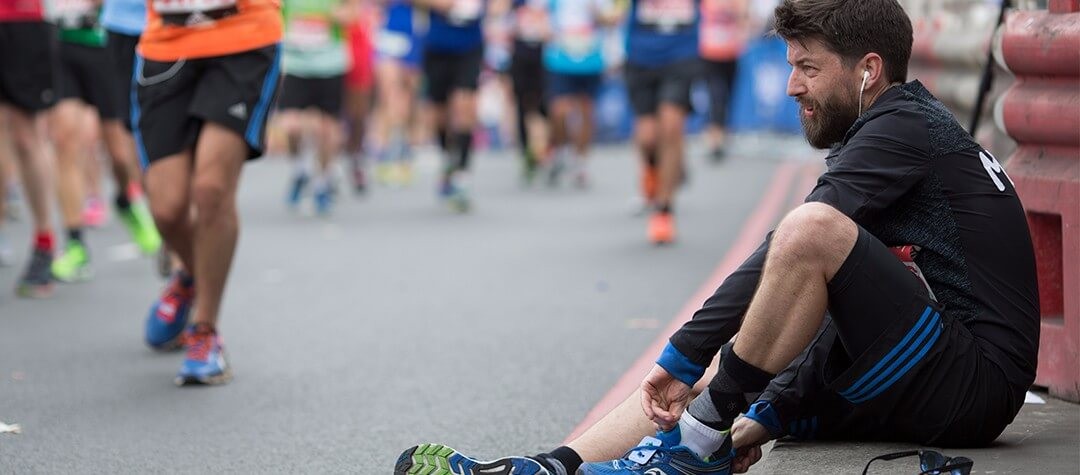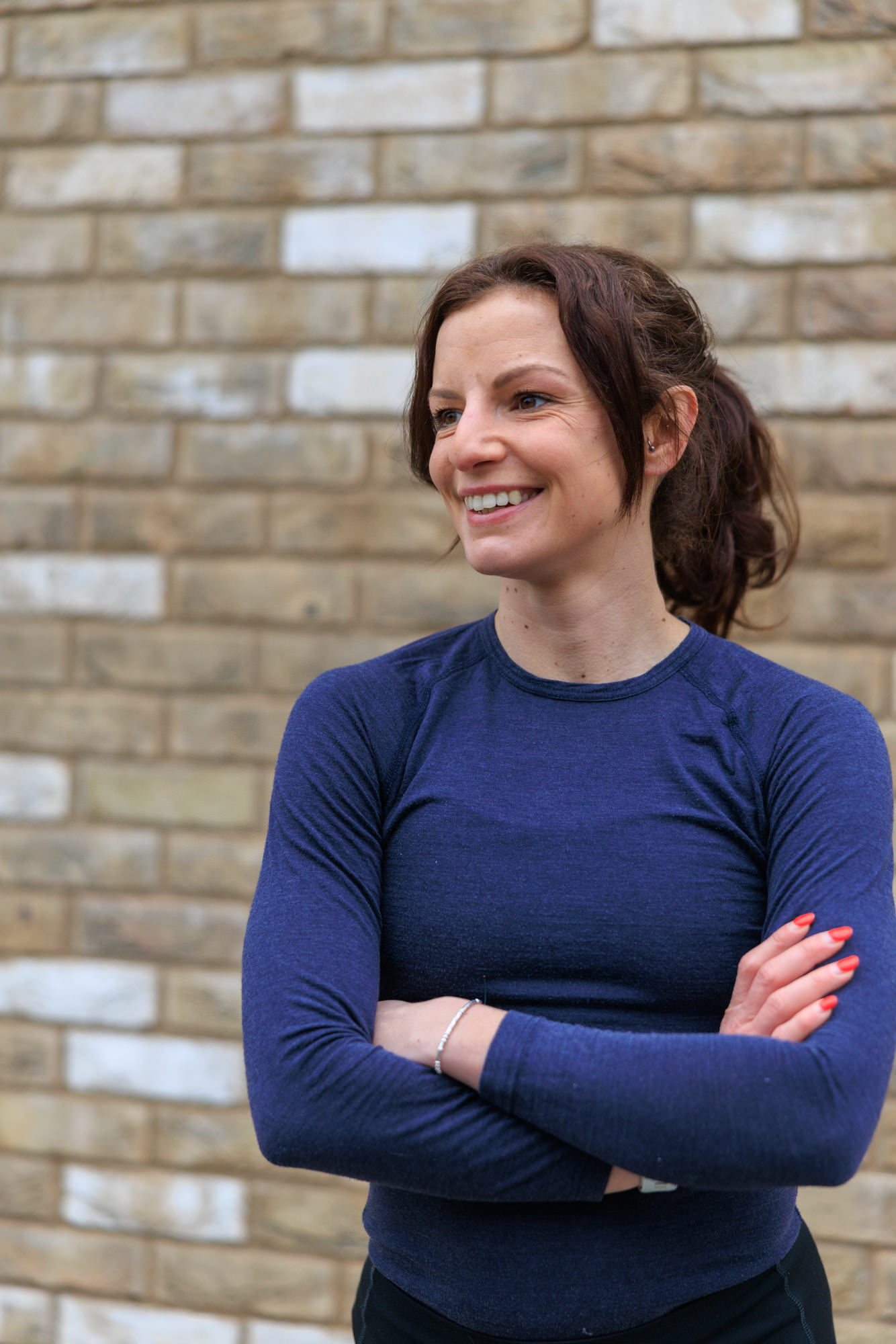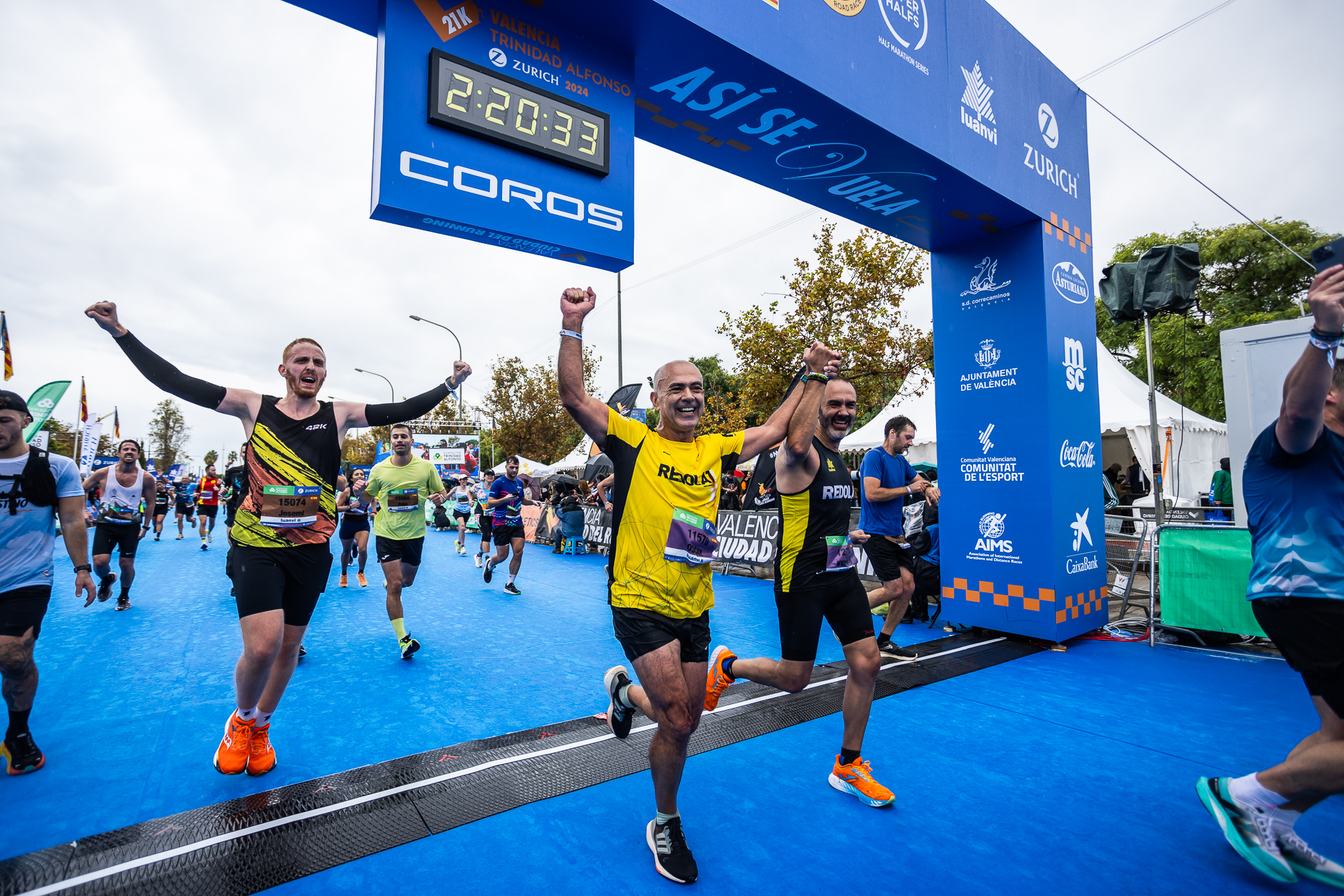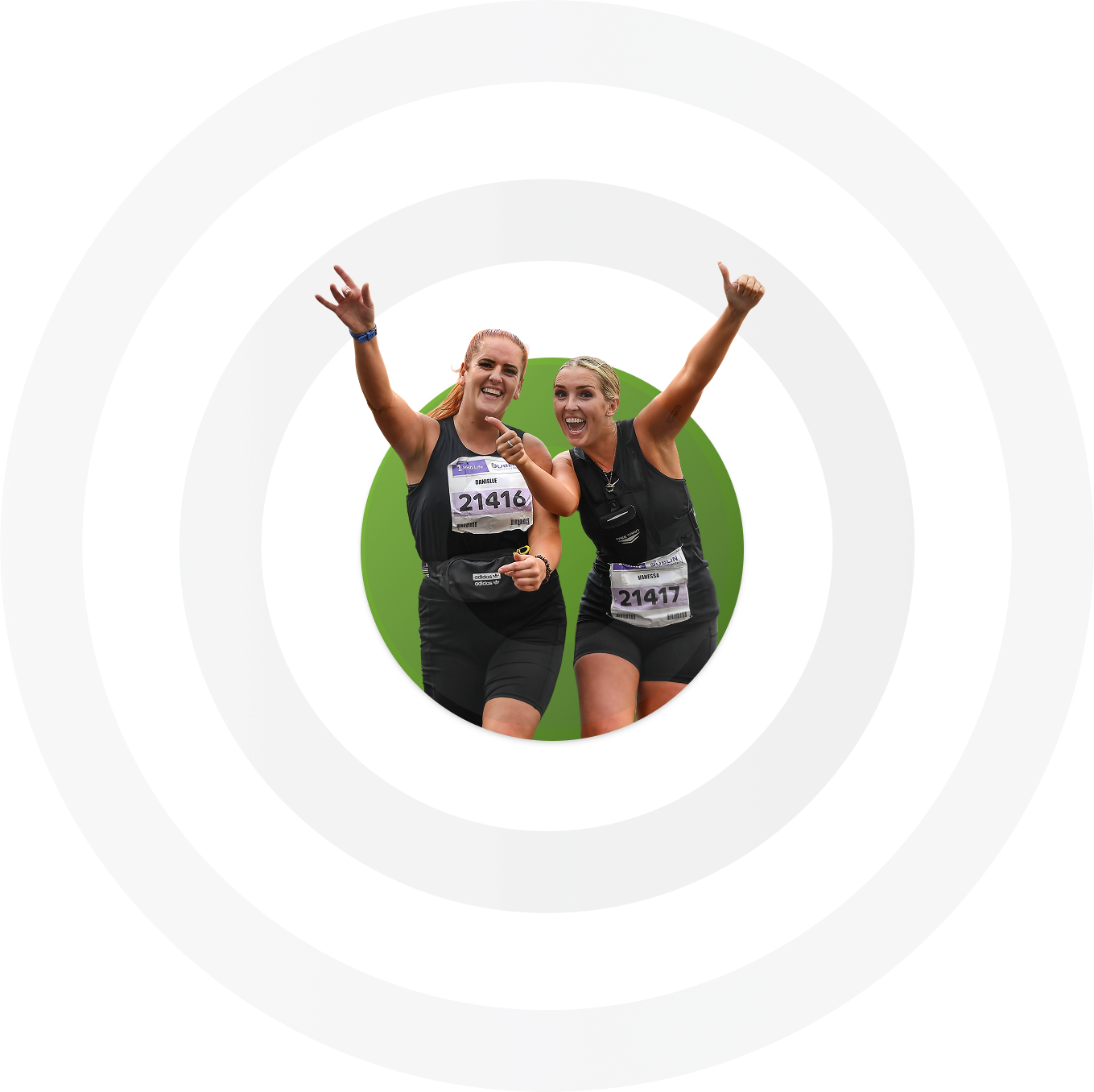You’ve trained well, tapered and carbo-loaded. Well done. However, although you may feel prepared for your event, the very nature of the marathon beast means that sometimes 26.2 miles can throw up some additional challenges. So, what do you do if things go wrong mid-race? Here are some tips to help you overcome five common marathon mishaps.
1. You get cramp
If you are unfortunate enough to experience painful cramp during your race then the best thing to do is to stop and gently stretch the affected muscle. This will save you more time than if you try to hobble on. Try to ensure that you get some extra fluid on board at the next drinks station, preferably a sports drink, which will help to replace the electrolytes lost through sweat. If the cramp is mild, it may not be necessary to stop. If you feel your hamstrings cramping slightly for example, shortening your stride a little can help to alleviate the symptoms.
If you tend to get a side cramp during training, you may need to adjust the way you breathe. According to the US Olympian, Jeff Galloway, shallow breathing is one of the most common reasons runners suffer from a side cramp. To avoid a stitch, try to inhale deeply when you breathe. You should also try to focus on breathing from your abdomen opposed to inhaling from your chest. Ideally though, you should work on your breathing technique during your training and not on race day itself.
2. You’re unable to take a drink
Being unable to take a drink is more likely to happen if the drink stations are crowded, not because there is a shortage of drinks. If you do miss a drinks station, try not to panic. You could ask to share a fellow runner’s drink (you’ll probably feel more comfortable doing this if you’re running with a friend or club mate, rather than a complete stranger). If that’s not possible then you’ll need to wait until the next drinks station, which shouldn’t be too far (water is often available at every race distance marker).
3. You’re unable to hit your splits
Remember, there are many variables that can affect your ability to hit your pre-planned split times ; from the weather conditions to simply how you feel on the day. You may also find that the pace of the runners around you determines the pace at which you start your marathon.
If you find yourself running slower than planned, don’t panic. It’s much easier to catch up on your pace schedule if you’ve started too slowly than to maintain your pace if you’ve started too quickly.
4. You’re blighted by blisters
The best way to treat a blister is to try and prevent one from happening in the first place. In order to avoid becoming a victim of unwanted blisters and chaffing, you should choose to wear some moisture-absorbing socks . Ideally choose some running-specific socks that have cushioning in blister-danger spots, such as your heels and toes.
You should also ensure that your shoes fit correctly and that in training you’ve trialled the shoes, socks and kit that you will wear on race day. Finally, make sure you apply some Vaseline to any areas prone to blisters or chaffing before the race.
5. You hit the wall
When it comes to hitting the wall , prevention is definitely better than cure. The sudden fatigue and dramatic slowing down that you experience when you reach this state is due to the depletion of your body’s glycogen stores.
Unfortunately if you hit the wall during the later stages of the race it can be pretty difficult to recover from, because even if you take on board some extra carbohydrate, your body takes a little while to digest it. There are however lots of ways that you can reduce the likelihood of this happening. Carbo-loading in the days prior to the race and taking on carbs during the race, combined with a sensible space strategy, should help you to stay strong until the finish.

.png)




-min.jpg)

